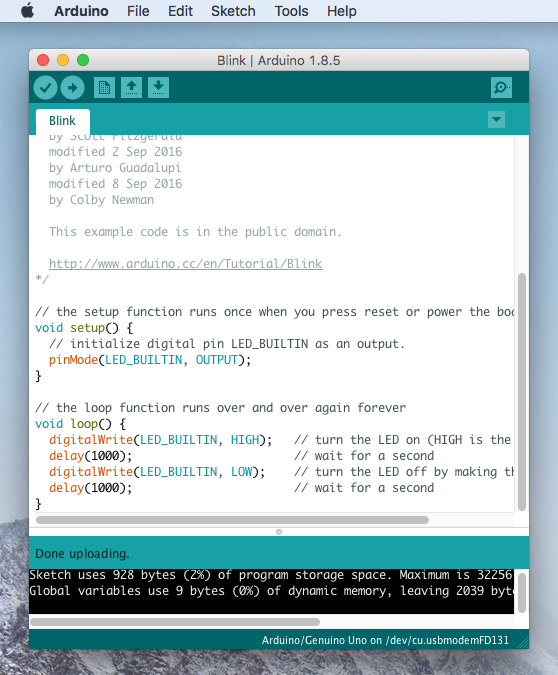

Secondly, you said that I should get 0.7V DC bias and 100mVpp. If I use want to use some other voltage value, say 1.1V as you recommended, should "analogReference(EXTERNAL) " be in setup() or loop(). Do I need to set it with analogReference() explicitly? For example, if I connect 3.3V from uno to the Vin pin on the microphone, would it automatically make the analog reference to 3.3V. First, I am still a bit mystified by the reference thing. But there are couple of things I need to clarify. With the "Example Sound Level Sketch for the Adafruit Microphone Amplifier" you sent, I was able to get very promising result. Tug gently on each of the jumper puns to make sure they are securely gripped by the spring contacts.Īdafruit_support_bill Posts: 82387 Joined: Sat 10:11 am It could be a bad jumper, or a bad connection on the breadboard. Try re-wiring the connections between the UNO and the DRV2605. This is usually due to a problem with the i2c connection. The DRV2605 test seems to be hanging up when initiating connection to the device. reference/īut you will need to sample at a much higher rate to capture the peaks and calculate sound levels. Using the AnalogReadSerial example, your sample rate is going to be relatively low (< 1Hz), so you are not guaranteed to even catch the peaks.Ĭhanging to a 3.3v - or even 1.1v reference would give you higher resolution. Using a 5v analog reference, your readings should be mostly within 10 or 20 counts of 150. The signal from this device is typically about 100mVpp with a DC bias of around. Your mems microphone output looks within reason for the program you are running and the way you have it configured. Serial.print("Effect #") Serial.println(effect) ĭrv.setWaveform(0, effect) // play effect default, internal trigger when sending GO command the loop routine runs over and over again forever:ĭelay(1000) // delay in between reads for stability
#Whats the size of arduino 1.8.5 software serial#
initialize serial communication at 9600 bits per second: the setup routine runs once when you press reset:
#Whats the size of arduino 1.8.5 software code#
This example code is in the public domain. Graphical representation is available using Serial Plotter (Tools > Serial Plotter menu).Īttach the center pin of a potentiometer to pin A0, and the outside pins to +5V and ground. Reads an analog input on pin 0, prints the result to the Serial Monitor. Can you give me your e-mail address so I can e-mail them to you directly? Or, if you prefer some other way, please let me know. Even with 800圆00 setting, they are more than 1 MB. Hope this information can help you figure out what am I doing wrong. Basics" folder in the "File>examples" menu with longer delay time (1000) for the MEMS microphone test, and and "Basic" from the "Adafruit DRV2605 Library" folder in the "File>examples" menu without any changes. What should I do?Īttached is pictures of wired circuits for the MEMS microphone and the heptic motor controller, respectively.Īs for the sketch, I used "AnalogReadSerial" from the "01.

They are for school project, and the deadline is approaching rapidly.

For ID:2716, I connected it as described in your web-site (Vin to 3.3V, GND to ground, DC to A0) and ran the "AnalogReadSerial" example sketch from the arduino IDE 1.8.5, but only get values very similar (250~256) no matter how loud a sound I exposed to the unit. I checked and confirmed that the solder point between the module and the vibrator is making a good contact. For ID:2305, I downloaded the library from your web-site, and tried every example sketch in there, but vibrator didn't move. United States Postal Service (0.14lbs) (First-Class Package Service -įrom the items I ordered above, Adafruit DRV2605L Haptic Motor Controller and Adafruit Silicon MEMS Microphone Breakout - SPW2430 don't seem to be working. Here is the details of my order.ġ x Vibrating Mini Motor Disc = $1.95ġ x Adafruit DRV2605L Haptic Motor Controller = $7.95ġ x Adafruit Silicon MEMS Microphone Breakout - SPW2430 = $4.95ġ x Wired Miniature Electret Microphone = $0.95ġ x Electret Microphone Amplifier - MAX4466 with Adjustable Gain =


 0 kommentar(er)
0 kommentar(er)
